Transience and Displacement in the Textile Art of Tsherin Sherpa
Themes of identity, belonging, transience and displacement permeate throughout the art of Tsherin Sherpa, whose art is as diverse and complex as his life. As a Tibetan born in Nepal who now lives in United States, his own life has taken its fair share of twists and turns, giving him a multitude of ideas to explore in visual language. His practice encompasses painting, sculpture, and installation, but he is repeatedly drawn to the tactile and symbolic properties of fabric and weaving, particularly the traditional skills of Nepalese rug-making.
Sherpa was born in Kathmandu, Nepal, in 1968 to a family of artists, and the tradition amongst his community was to pass craftsmanship skills down from one generation to the next. His father was Master Urgen Dorje, who specialised in Tibetan thangka painting, a style of art featuring Buddhist deities painted onto sheets of silk or cotton in glistening colours. From the age of 12, Sherpa learned his father’s trade, giving him finely honed skills by the time he reached adulthood. Nonetheless, Sherpa’s childhood was punctuated by passages of transience which have come to play out as themes in his art as an adult, as he explains, “My parents had to leave Tibet because of the political situation and I was born outside of the country.” He adds, “I have seen them having to cling on to their identity while adapting to countries like Nepal and India. A lot of my works explore that.”
During the 1980s Sherpa studied Computer Science and Mandarin, but in 1998 he moved to the United States, settling in the Oakland area of California, where he taught the thangka art techniques he had been honing since early adolescence. Yet the move to the US entirely shifted Sherpa’s world view, opening up a new phase in his life and art, as he remembers, “I was brought up in a strict traditional Buddhist family. Moving to America helped me see the world from a whole new perspective. There was also a calling for me to break away from traditional art and try new things.”
Within the imagery of his own art, Sherpa began integrating elements of contemporary pop culture alongside thangka motifs, creating visually and conceptually rich images in a variety of media, including painting on silk. He explains, “I still draw a lot from the traditional [thangka] motifs and combine them with my everyday life experience in the United States.” This ever-expanding library of ideas in Sherpa’s practice has become a visual metaphor for the multiplicity of his own identity, and the transience, displacement and loss he has experienced in his life, which has been uniquely carved by the various places he has come to call home.
In the past decade Sherpa has often been working with local artisans from the Himalayas, as a means of celebrating and supporting their hard-won skills which are so often the victim of commercialization, mass consumption and exploitation. He worked closely with artisans from the Himalayas to produce a series of colourful rugs in the wake of the 2015 earthquake, noting how, in the face of such adversity, rugs provided great comfort, reassurance and community when laid out in makeshift homes and gathering places for prayer. Featuring scattered thangka motifs in swirling, complex designs, this body of work explored themes of uncertainty and instability brought about by the natural disaster, yet Sherpa also celebrates the strength of the Nepalese people in overcoming the most horrific of situations.
For Art Basel Hong Kong earlier this year, Sherpa unveiled a 10-metre-long rug titled Stairway to Heaven, which he made in collaboration with craftspeople from the artist’s home city of Kathmandu. Featuring a sprawling dragon weaving in and out of the cotton, silk, and wool fibres, the tapestry can be read as a powerful symbol of the Nepalese people’s remarkable traditional crafts, which have, on the one hand, fallen victim to the tourist trade over the years, yet are experiencing a vital resurgence in recent decades due to increased global desire to preserve the core value integrity of indigenous crafts.





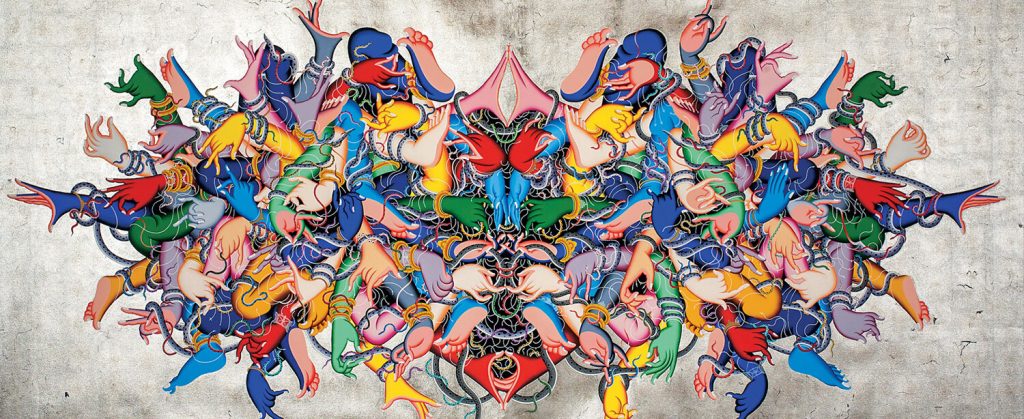
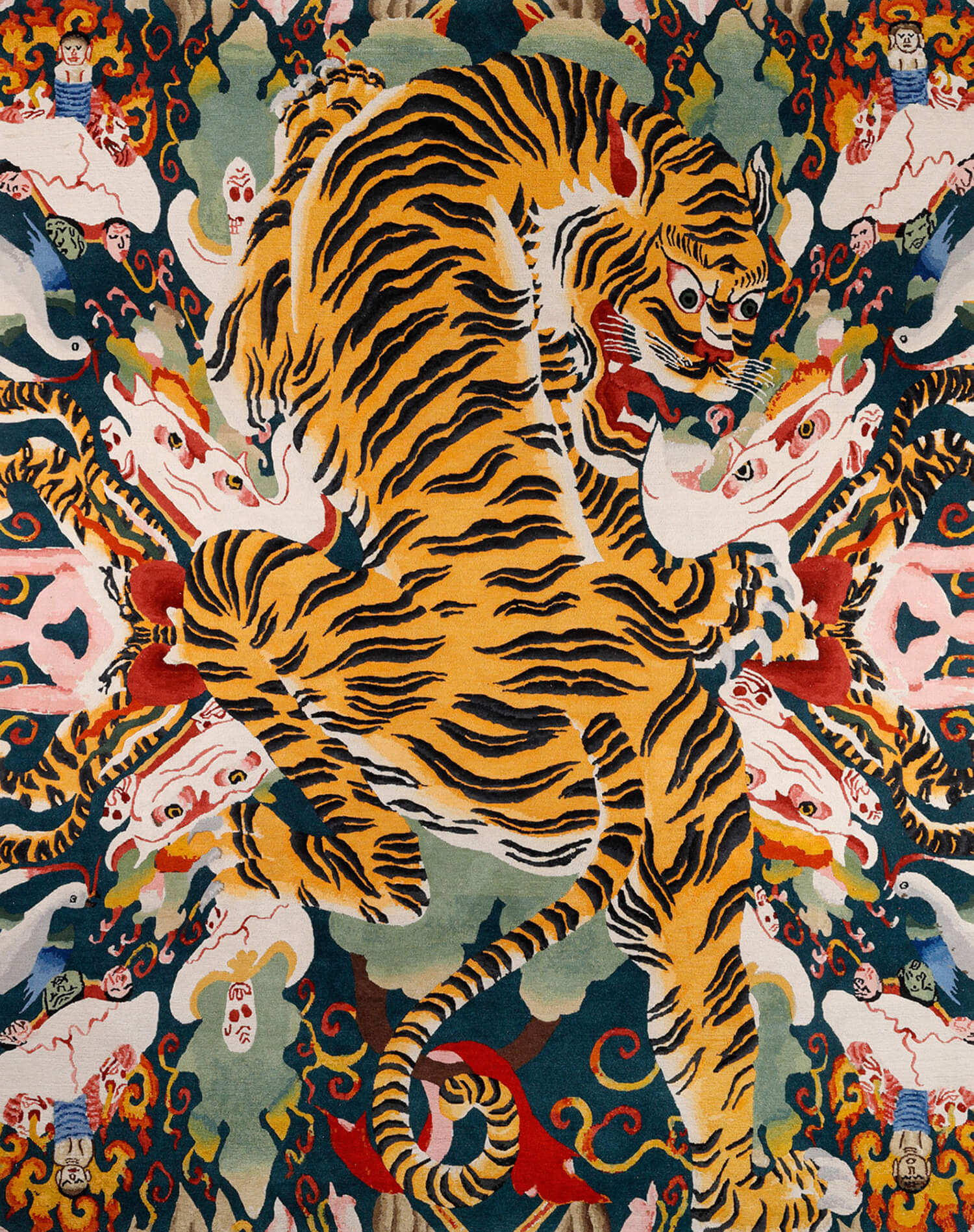


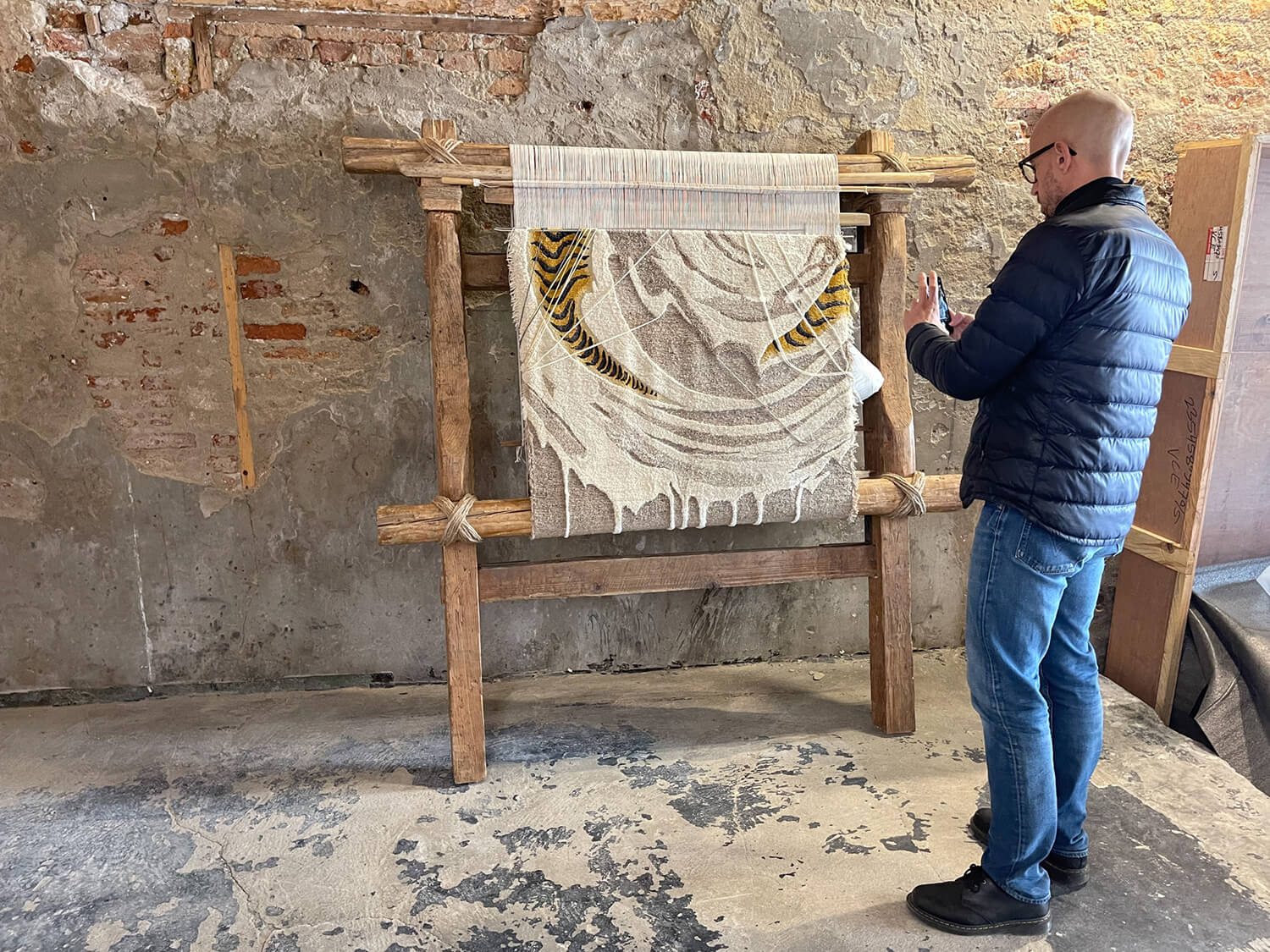
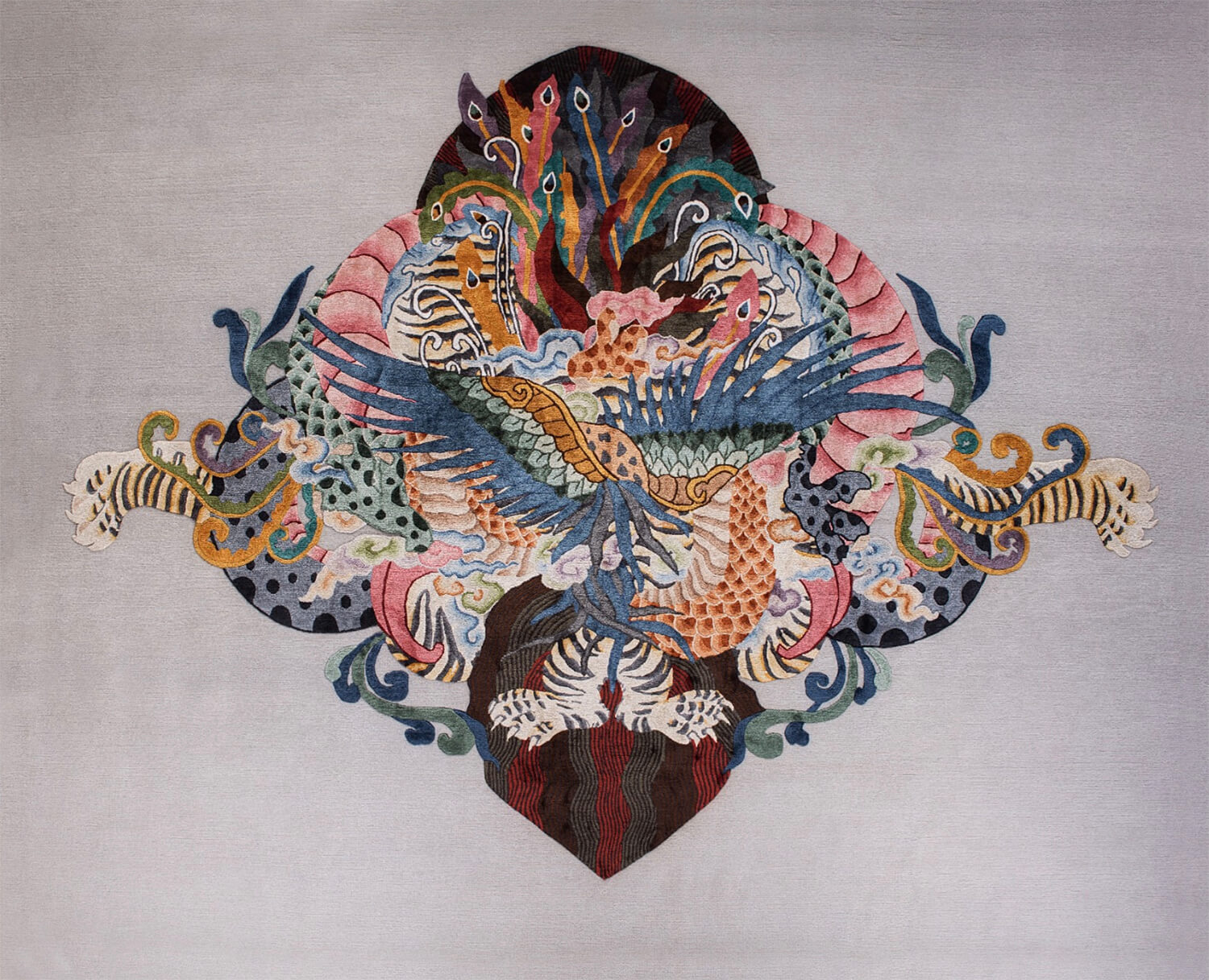

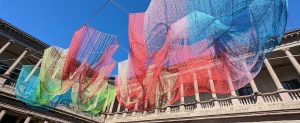
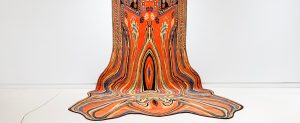
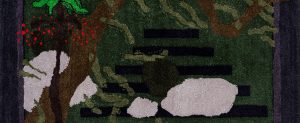
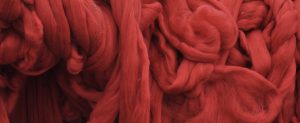









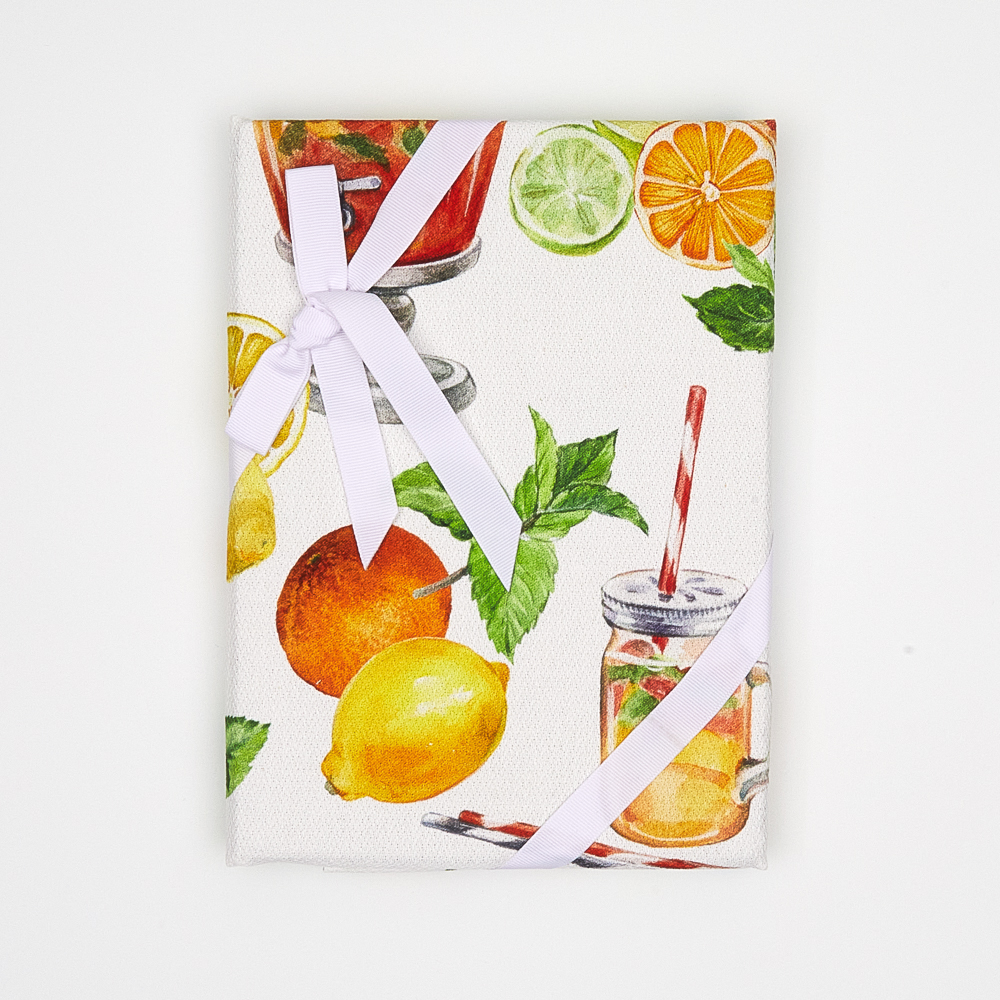

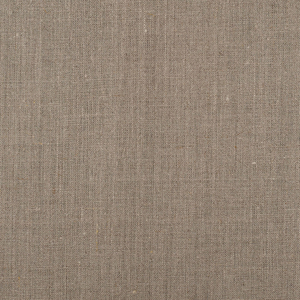















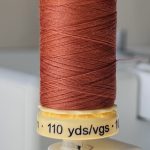


Leave a comment